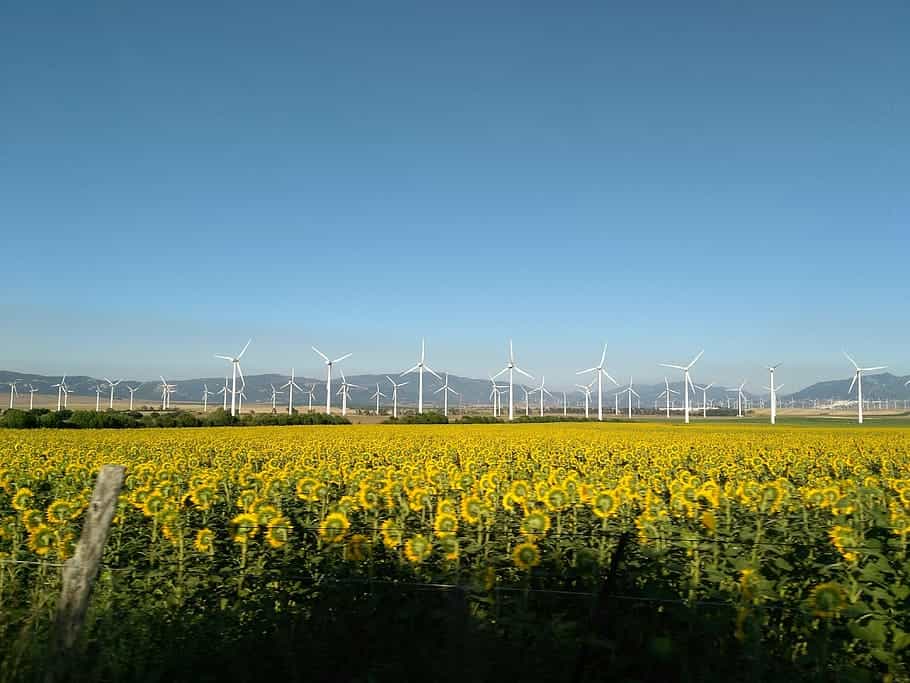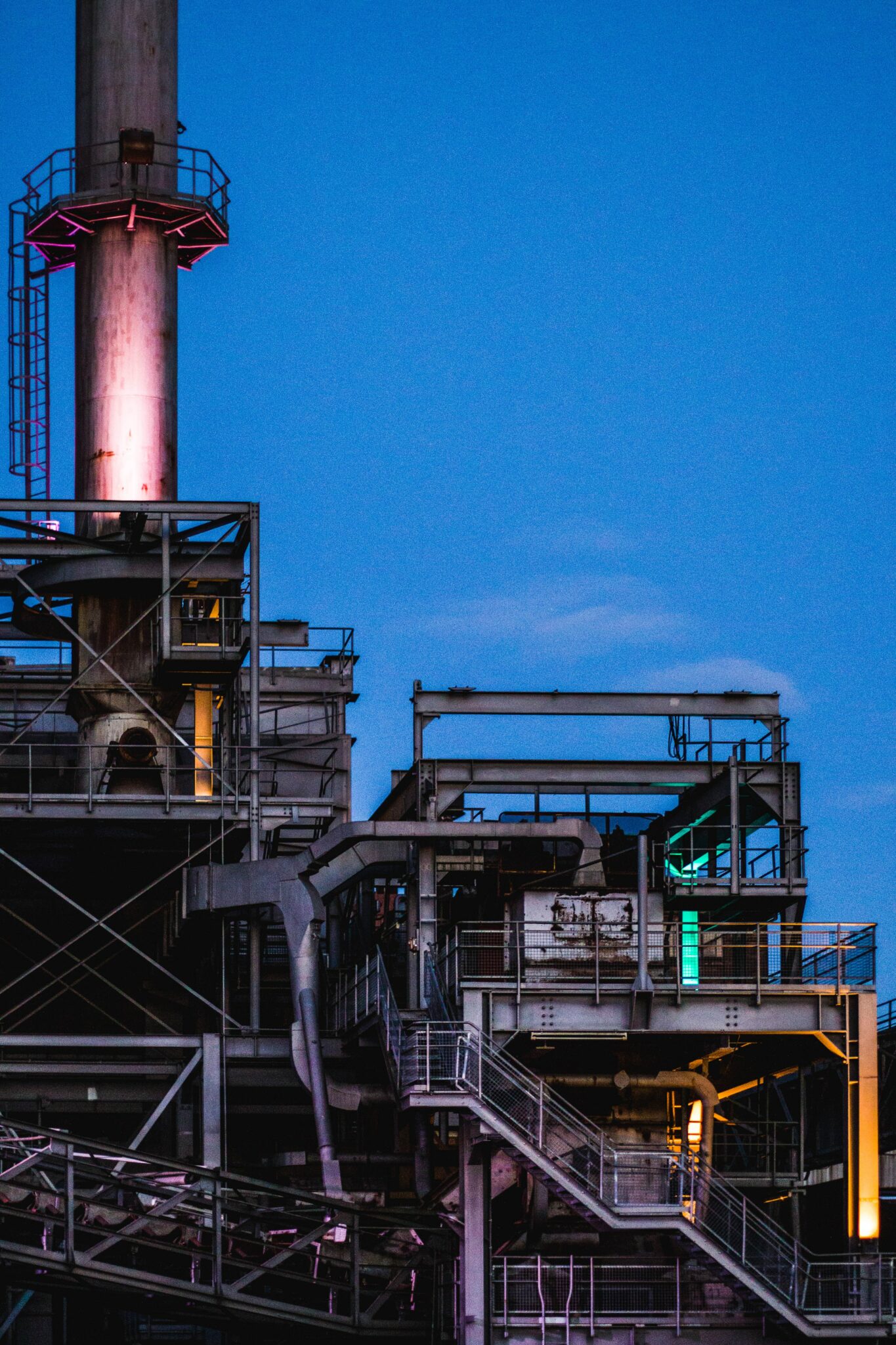
As the Russian invasion of Ukraine continues, Ukrainian activists, scientists, and architects are devising a comprehensive green reconstruction strategy that emphasizes climate resilience and clean energy. This environmentally friendly approach to postwar recovery marks an unprecedented milestone in history and carries significant implications for Europe, Russia, and the global community.
Ukraine’s green recovery plan encompasses several key aspects, including a strong emphasis on green steel production. Currently carbon-intensive, the transformation of steel manufacturing would be crucial for supporting renewable energy systems. Additionally, Ukraine seeks to establish itself as a prominent center for green hydrogen production, fostering collaboration with other European hubs. Moreover, there is a growing movement in the West to allocate a portion of the recovery funds specifically for a green rebuild.
- Huge investments are needed for the recovery of Ukraine.
- Focussing on a green recovery will propel the Ukrainian economy forward.
- Less dependence on fossil fuels means less dependence on Russia.
A successful green recovery not only propels Ukraine towards a modernized economy but also poses a considerable challenge to Russia. As a major exporter of fossil fuels, Russia would face reduced demand for its products in a greener Europe.
Green steel and hydrogen: key components of Ukraine’s green recovery
One of the main focuses of Ukraine’s green recovery plan is the production of green steel, which plays a critical role in renewable energy systems. To reduce the carbon footprint of the steel industry, Ukraine is adopting innovative processes, such as electric arc technology and green hydrogen production. Electric arc technology enables steelmakers to utilise renewable energy resources, while green hydrogen production can help decarbonize the iron and steelmaking industries.

Ukraine is also looking to become a hub for green hydrogen production, connecting with other European hubs to share expertise and resources. Ukrainian organisation Razom We Stand advocates for a global movement towards clean and safe energy, organising conferences and publishing reports to attract international investors and support the country’s green recovery.
Implications for Europe, Russia, and the world
Ukraine’s green recovery plan has far-reaching consequences beyond its own borders. As Europe seeks to become more energy-independent, the focus on clean energy in Ukraine could help reduce reliance on Russian fossil fuels. The European Union aims to cut off economic ties with Russia, particularly in strategic industries such as energy, in response to the invasion of Ukraine. The REPowerEU concept, which includes diversifying gas supplies and promoting energy saving, seeks to make the European Union independent from Russian fossil fuels before 2030.
Ukraine’s focus on green reconstruction could also influence global decarbonization efforts. By prioritizing renewable energy and decarbonization, Ukraine positions itself as a leader in the green transition and sets a strong example for other countries to follow. The development of a domestic industry and skills base for energy-efficient materials, technologies, and renewable energy in Ukraine could also support the EU’s Green Deal and contribute to Europe’s net-zero emissions goals.
Challenges and opportunities in Ukraine’s green reconstruction
Although Ukraine’s green recovery plan is ambitious, it faces some challenges. High costs, infrastructure development, and policy support are crucial elements that need to be addressed. The European Commission acknowledges the importance of including gas and nuclear energy in the EU Taxonomy to manage price shocks and complement renewable energy sources. Collaboration among industry, governments, and investors is essential for achieving a successful green transition in Ukraine.
Despite these challenges, the green reconstruction of Ukraine presents significant opportunities. By rebuilding as a clean energy powerhouse, Ukraine can contribute to Europe’s energy security and net-zero emissions goals, while simultaneously reducing its own reliance on polluting industries. The green recovery could also serve as a catalyst for innovation and create investment opportunities in the Ukrainian steel industry, as the demand for green steel is projected to outstrip supply.

